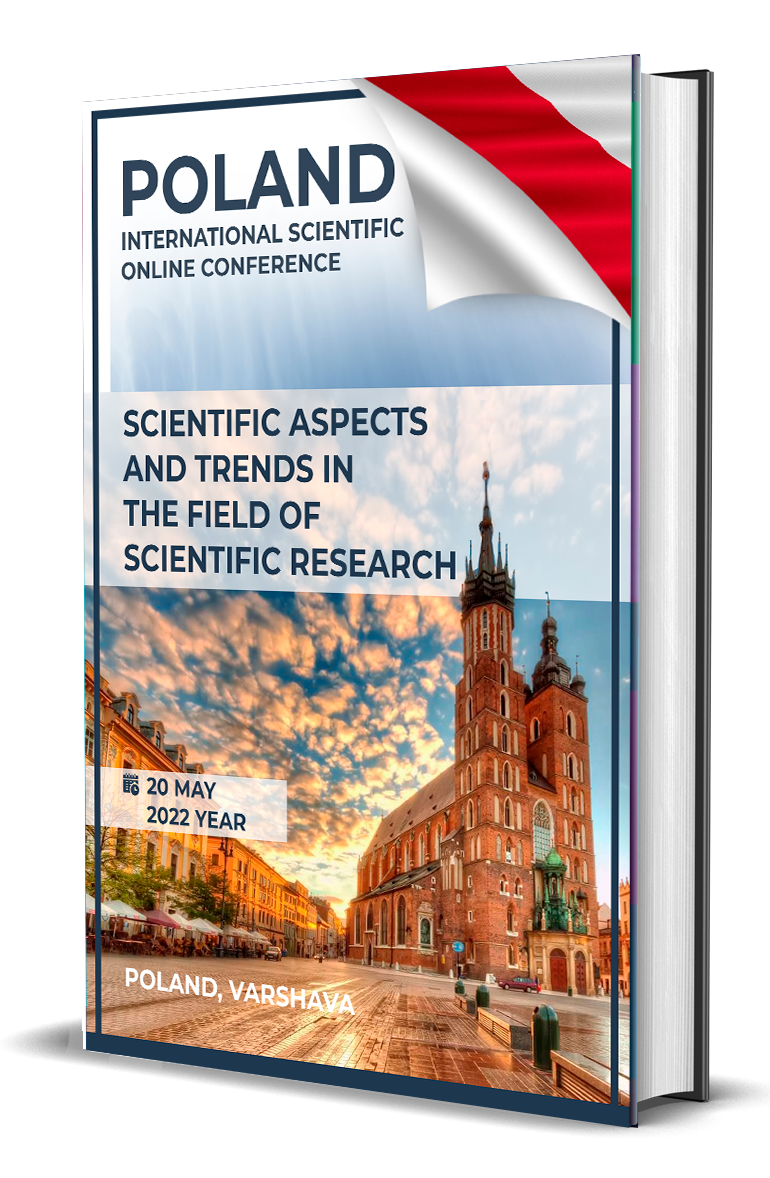THE ROLE OF URSODEOXYCHOLIC ACID IN THE MANAGEMENT OF METABOLICALLY ASSOCIATED FATTY LIVER DISEASE: A REVIEW AND FUTURE PERSPECTIVES
Keywords:
A total of 110 patients diagnosed with MAFLD were examined using ler ultrasound to assess sonography for liver evaluation. The patients were divided into three groups: (1) patients with obesity and insulin sensitivity, (2) patients with lipid changes, and (3) patients without observable lipid changes. The study measured carotid artery wall thickness, plaque formation, and liver fat accumulation to determine correlations between MAFLD severity and lipid levels in carotid artery alterations.Abstract
Metabolically Associated Fatty Liver Disease (MAFLD) has emerged as a significant public health concern, driven by rising global obesity rates and metabolic syndromes. This paper reviews the existing evidence on the efficacy and safety of Ursodeoxycholic Acid (UDCA) for the treatment of MAFLD, discussing the biochemical and physiological mechanisms through which UDCA may exert its effects. Furthermore, we will explore future research avenues and clinical implications. MAFLD, a disease characterized by excessive fat accumulation in the liver, has become increasingly prevalent, impacting millions worldwide. The pathophysiology of MAFLD is closely linked to metabolic disorders such as obesity, insulin resistance, and dyslipidemia. Current therapeutic approaches primarily focus on lifestyle modification and managing obesity-related comorbidities; however, these strategies are not always sufficient. This has led to interest in pharmacological interventions, including the use of UDCA, a bile acid with cytoprotective, anti-inflammatory, and antifibrotic properties.




